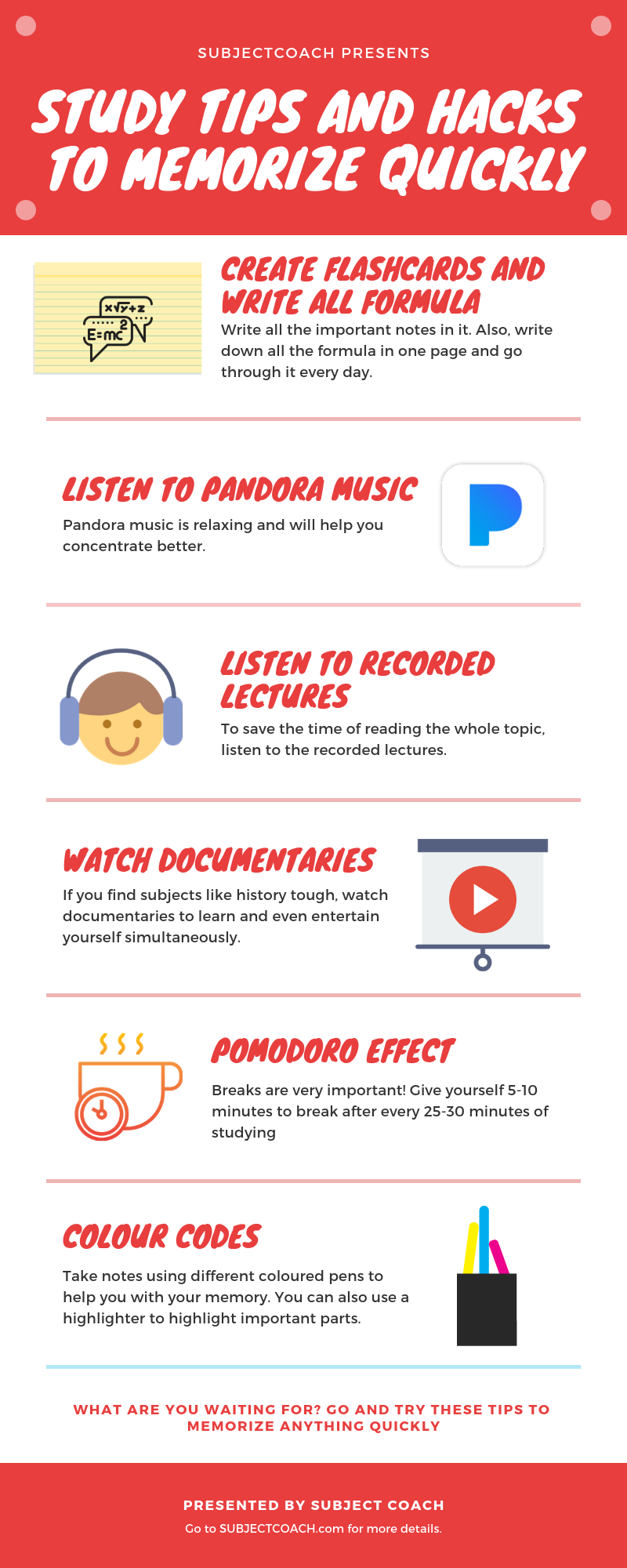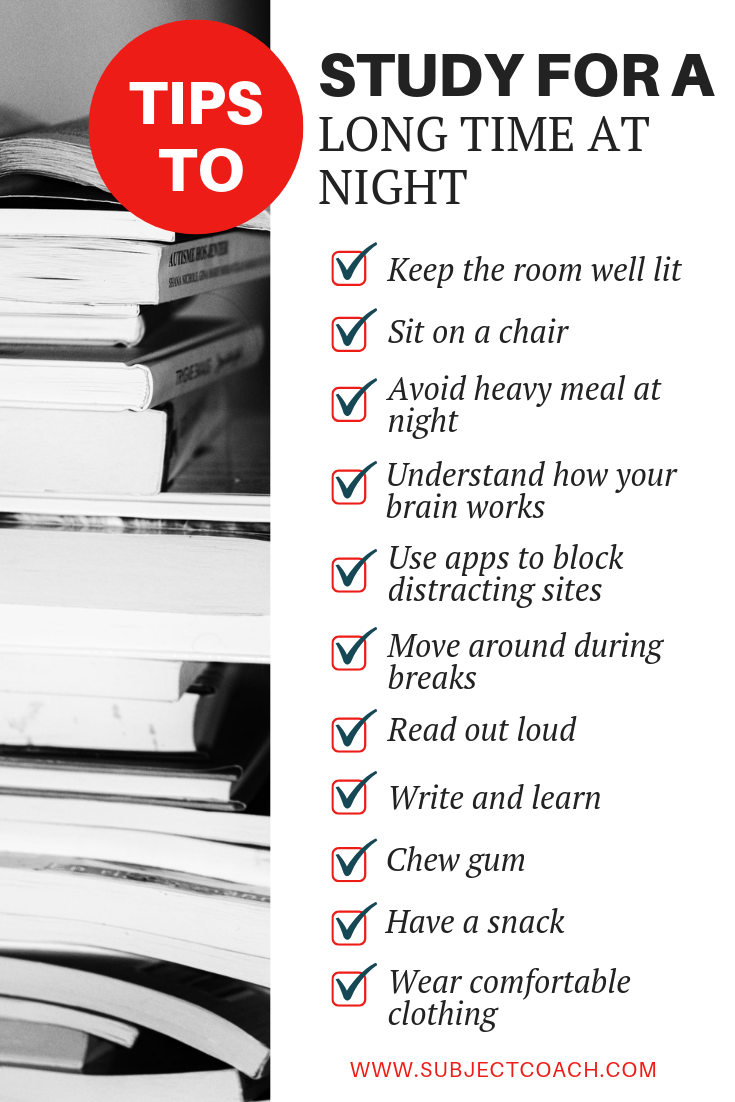Scholarship Tests
Many private schools across Australia offer partial or full-fee scholarships to a select number of academically gifted students. These scholarships are highly competitive. Private schools generally award these scholarships on the basis of a scholarship examination administered by the school and an interview. Each school will set its own scholarship testing day, and the tests will usually held either at the school or another venue specified by the school. Specialist scholarships for creative and performing arts may also require students to attend an audition or provide a portfolio of their work.
Although some private schools, such as Sydney Grammar School in NSW, develop their own scholarship tests, a large number of Australian private schools use the scholarship exams developed by the Australian Council for Educational Research (ACER), Edutest, nad Academic Assessment Services (AAS). These examinations test students on a wide range of critical thinking skills and many are not based on any particular curriculum. The schools that develop their own tests often do not provide past papers, but these examinations are likely to have a similar format to the ACER, Edutest or AAS tests.
The ACER Scholarship Tests
A list of the schools which use the ACER scholarship tests is available on the ACER scholarship testing website: https://www.acer.org/au/scholarship/participating-schools. The results of these examinations are made available to the schools to which you have made an application. The school may post the result reports to you, or make arrangements for you to view the results online. In the latter case, you will receive an e-mail notification from ACER. The results are usually made available in mid-March (for SA) or early April (for the other states). The individual schools will inform you of the success or otherwise of your child’s scholarship application.
ACER scholarship tests are offered at both primary and secondary levels. At the primary level, the tests assess students for entry into years 4, 5 and 6. The primary level scholarship exam is made up of three tests. The first is a reading and viewing test which tests your child’s comprehension and ability to interpret both written and visual passages. It is a 30-minute test in which your child will be asked to read several short passages and view several visual texts, and to answer 25 multiple-choice questions which test their understanding of these texts. These texts are drawn from a range of areas across the curriculum. The second test is based on mathematical understanding. It is also a 30-minute multiple-choice test that asks students to answer 20 multiple-choice questions which test their ability to apply their mathematical skills to solve problems. These problems may involve short arithmetic calculations. The third test is a writing test. In this test, students are asked to compose two pieces of writing in different genres in response to two separate prompts. They are allowed 20 minutes for each piece of writing, and are examined on the quality and structure of their written responses, their content and their ideas.
The secondary-level tests are intended to tests students for entry into years 7 to 12. Each test is divided into a maximum of four different parts. Two of these involve written expression, a third consists of comprehension and interpretation based on materials from the humanities, and the final part is based on mathematics. The humanities and mathematics tests are both multiple choice tests which are forty minutes in length, while the two writing tests are 25 minutes long.
Each writing test requires students to write an extended response and aims to test the student’s ability to express their ideas in a written format. About one and a half ruled a4 pages are provided for each writing test, but the examiners are more concerned with the quality of each written piece, rather than its length. Stimulus material is provided for each writing test, and students are penalised if their responses are not based on this material. The stimulus material may take the form of a picture, a statement or a combination of these. Different stimulus materials may prompt students to write factual or imaginary stories, pieces of persuasive writing, dialogues, descriptions or explanations. The examiners base their marking on the quality of the content, its structure and organisation, the effectiveness and expressiveness of the language used, and grammar, punctuation and sentence structure.
In the humanities test, students are required to answer multiple choice questions based on textual or visual material which is drawn from fields of the humanities, including English, art, history, geography and social science. The questions ask students to think critically and make judgements based on various kinds of texts, and visual stimuli, including diagrams and maps. The test is multiple choice and will require the student to answer 40-45 multiple choice questions, each of which has 4 options. It is not a test of knowledge, and is not based on the school curriculum. Instead, students are asked to make judgements, based on the materials presented in either written or visual form.
The mathematics test includes questions aimed at testing students’ mathematical skills for all high school students, and scientific skills for students in years 9 and above. The mathematical questions focus on problem solving, testing for the ability to analyse and interpret mathematical information, evaluate and select key pieces of information, reorganise and transform information, identify relationships between the data given, synthesise the information given, apply their mathematical skills to solving problems and evaluate solutions that are proposed. The scientific questions focus on scientific critical thinking, including analysing and interpreting information, comprehending concepts presented, identifying relationships, generating hypotheses, generalising findings, applying logic and the scientific method, formulating logical arguments, drawing logical conclusions, and evaluating the information, evidence and experimental conclusions presented. There are a total of 32-36 multiple choice questions provided. These are solely based on mathematics for students in years 7 and 8, and evenly divided between mathematics and science topics for students in years 9 and above.
The Edutest Scholarship Tests
These tests are also administered by the individual schools on different dates; however, if you are in a remote location or overseas it may be possible to it these exams remotely. A list of the schools who use Edutest testing is available on the Edutest website: https://www.edutest.com.au/schools.htm. Students who are applying for multiple schools generally only have to and generally only can sit one set of examinations each semester (that is ONE in terms 1-2, and ONE in terms 3-4 each year). They must sit the examination on the earliest test date out of all of the ones they have applied for. Children who are registered with more than one school which have their exams on the same day may be able to sit the examinations at one venue The venue is usually allocated by Edutest, but it is possible to contact Edutest to register a preference. It should be noted, however, that some schools will not share their scholarship test results, and others have additional requirements for admission. These schools are listed on the Edutest website: https://aus.edutest.com.au/. Students applying to more than one school, including a school which does not share or transfer results will have to sit more than one examination.
Applications for scholarship examination candidature are made using an online registration form. An application fee is required for each school. To access the application, click on each school you are interested in and follow the prompts on the school’s website to register your child for the scholarship test at that school. You must use the same e-mail address for all applications. Payments for registration fees are made to each school at the end of the application process. Each school sets its own registration fee.
The Edutest examinations are broken up into two parts: the ability tests and the achievement tests. The ability tests do not rely on prior knowledge, but assess your child’s problem solving and reasoning abilities. There are two multiple choice tests in this category, each of which is 30 minutes long. These are a verbal reasoning test which looks at vocabulary, relationships between words, classification and logical deduction, and a numerical reasoning test which measures your child’s ability to think and reason on numerical problems including series, matrices, arithmetical reasoning and logical deduction. The achievement tests do test prior knowledge, and include 30-minute multiple choice tests in reading comprehension and mathematics, and a 15-minute written expression test. The reading comprehension test asks your child to understand and interpret written passages, and includes a series of questions similar to those found on the NAPLAN language conventions test: students are provided with a list of sentences which they must either complete, correct or punctuate correctly. The mathematics test is a grade-appropriate knowledge test which incorporates questions from the fields of number, space and measurement, patterns and algebra, and data interpretation and analysis. Finally, the written expression test asks your child to write a specific type of passage, based on a given topic. It will be assessed on the basis of relevance, spelling, punctuation, grammar, sentence structure and paragraphing. Two specialist schools in Victoria currently have purpose-designed scholarship tests administered through Edutest. These are the John Monash Science School and the Elizabeth Blackburn Sciences School. Information about these tests is available at https://www.edutest.com.au/pa-scholarshiptesting.htm, and the schools’ websites. The tests for these schools focus on mathematical and scientific ability.
The Edutest website provides online practice tests for students in years 4 to 11. These are shorter tests than the actual scholarship tests, having only 20 questions each. However, they are useful for helping your child to understand the examination format and style, and for giving them some practice in the essential skill of reading and interpreting examination questions. The practice examinations are available from https://www.edutest.com.au/pa-online.htm. Parents must purchase the exams, which students can then access for a period of three months.
The AAS Scholarship Tests
These tests are available for students entering years 3 to 11 at schools which are registered with AAS. AAS produces and administers tests which are customised to each school’s needs. Individual schools are able to set their own testing dates. Remote, interstate and overseas students can also be tested using AAS tests. The tests are timed, and aim to assess students’ higher-order critical thinking skills. They include tests in abstract reasoning and problem solving, mathematics achievement and reasoning, reading comprehension and written expression. The first three tests are usually 40-45 minutes long, while the written expression test is 25 minutes long. Further details of each of these tests are available on the AAS website: http://www.academicassessment.com.au/parents/scholarship-tests/. Depending on the school, parents may or may not receive a report on their child’s results. The school decides on the award of scholarships, using the AAS scholarship test results in conjunction with other factors such as interviews.
AAS does not provide sample examination papers. However, it should be noted that questions are usually arranged in increasing order of difficulty. If students are having difficulty with a particular question, they should skip it and move onto the next question as many students do not complete these tests.
Regardless of your child’s ability, it is important to realise that they will be competing for a small number of scholarships against students who have been extensively tutored from a young age for this very purpose. Thus, it is important for your child to do some test preparation and practise several past or mock test papers prior to the testing day. Depending on your child’s grade level, the selective high school tests and OC class tests may also provide worthwhile practice for your child.
Some information about preparing for the ACER scholarships tests is available on the ACER website. This includes a few past tests that are available for purchase at each level. The Edutest website also provides abbreviated practice examinations for a fee at https://www.edutest.com.au/pa-online.htm. AAS does not provide online practice exams. A number of practice scholarship tests are available on the SubjectCoach Online Scholarship practice website. In the meantime, as the scholarship exams share many common features with selective high school exams, it is worthwhile having your child complete a number of practice selective high schools exams that are appropriate for their grade level. Some such examinations are available on the SubjectCoach practice tests page. In particular, it is essential for your child to practice reading and interpreting complex questions.
As the tests require your child to think clearly, it is essential that they are well rested and adequately nourished on the morning of the tests. They should definitely take some snacks, lunch and water to consume during breaks along to the test centre.
Disclaimer: SubjectCoach is neither affiliated nor associated with ACER, AAS or EduTest in way or form.






